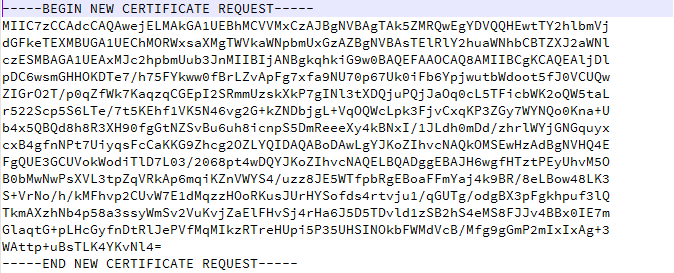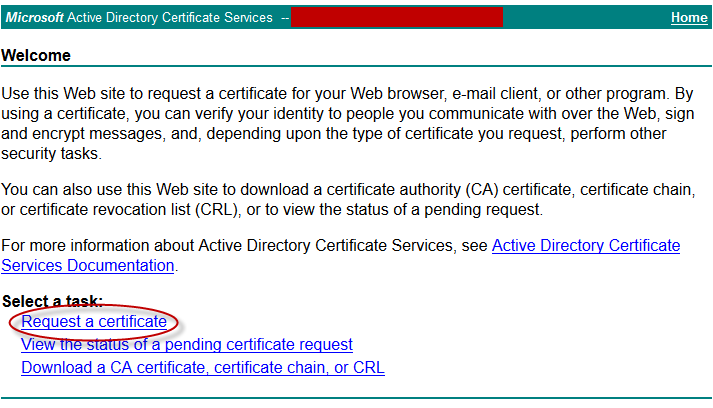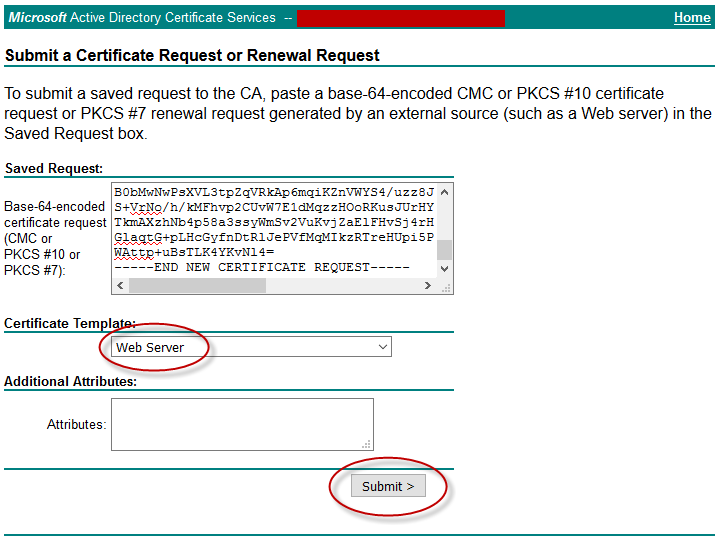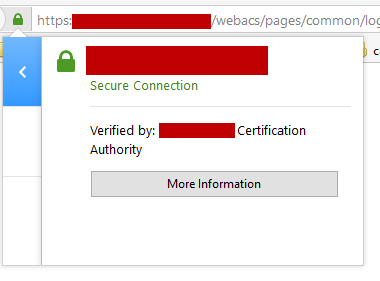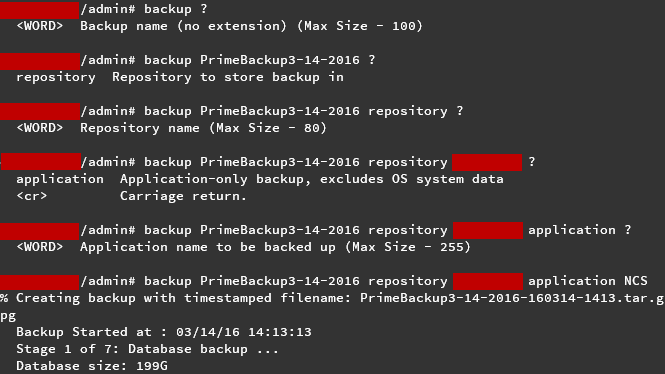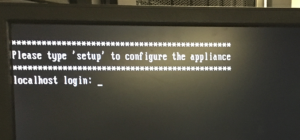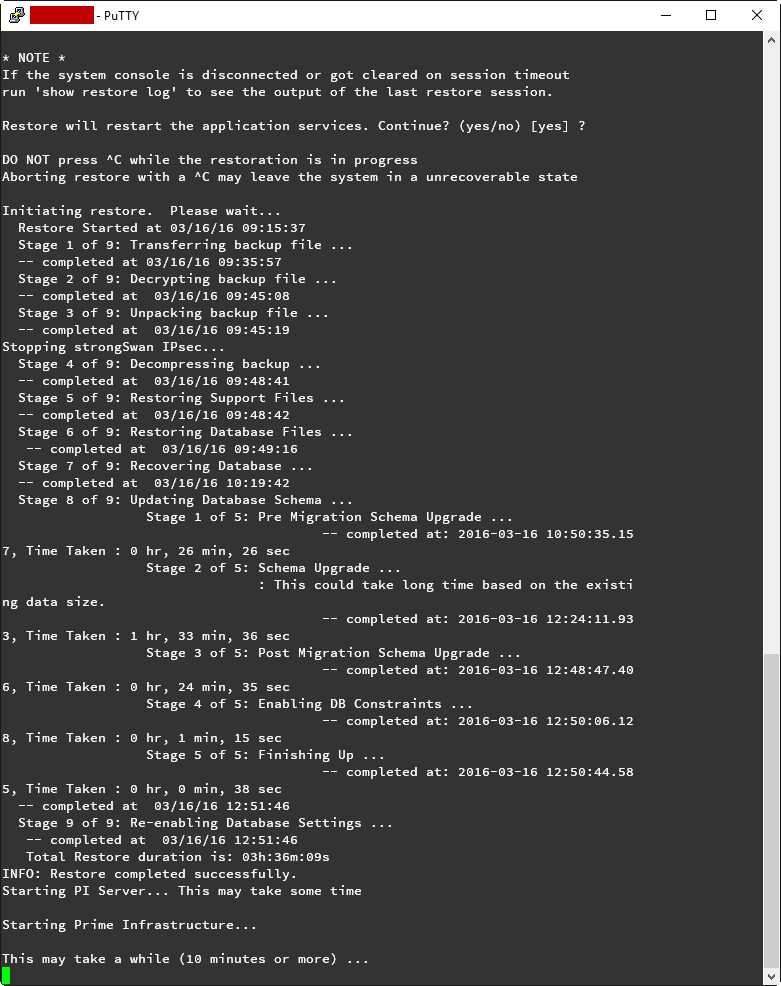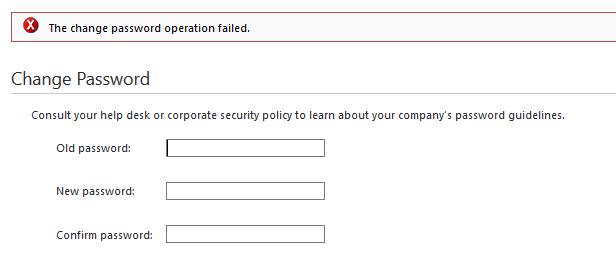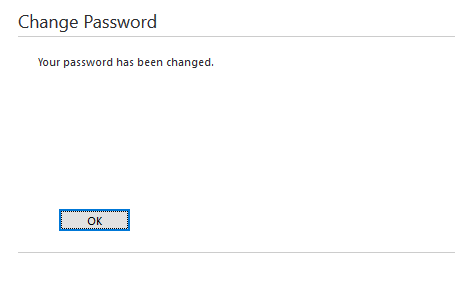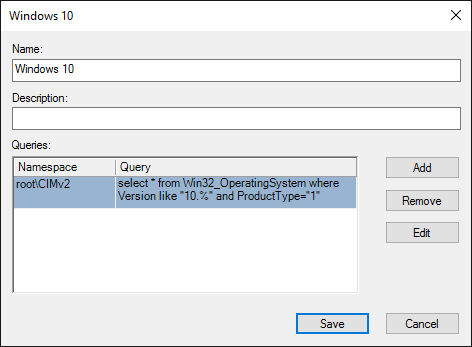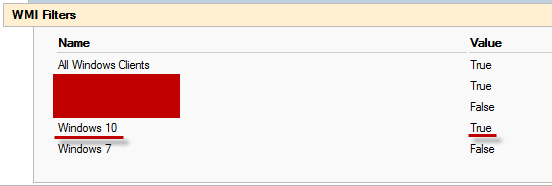While setting up the new GNS3 1.4 Virtual Machine with VMware Workstation 12 Player, I ran into an interesting error that was preventing me from completing the installation.
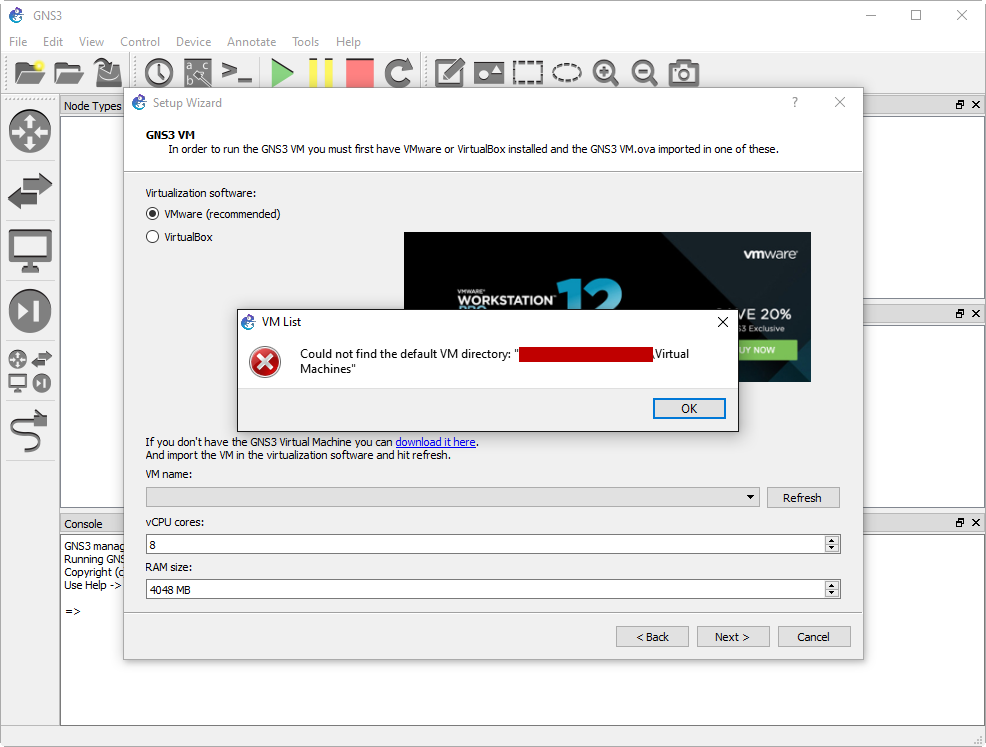 Thankfully the fix is fairly straight forward and requires that we edit the VMware Workstation preferences file.
Thankfully the fix is fairly straight forward and requires that we edit the VMware Workstation preferences file.
- Open preferences.ini in your text editor of choice
%Appdata%\VMware\preferences.ini
- Add or edit the following line, changing the path to where your virtual machines are stored
prefvmx.defaultVMPath = "C:\Path\To\My\VMs"
- And that’s it. Save the ini and restart the GNS3 Setup Wizard.
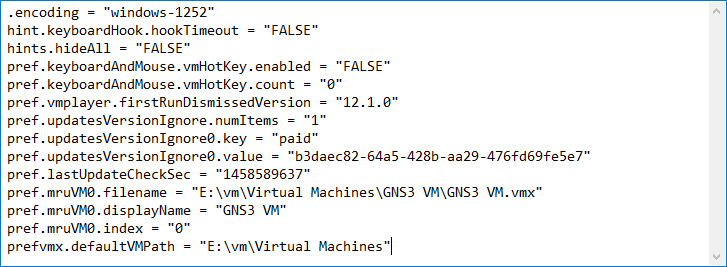
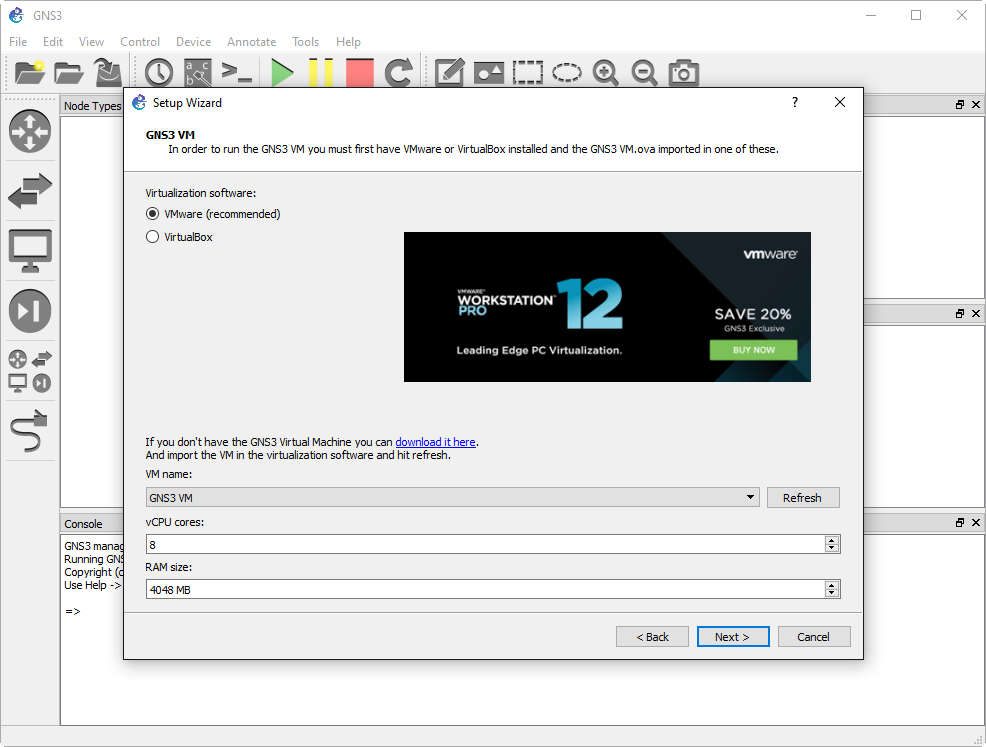 Credit to the VMware support forums: https://communities.vmware.com/thread/245114?start=0&tstart=0
Credit to the VMware support forums: https://communities.vmware.com/thread/245114?start=0&tstart=0
